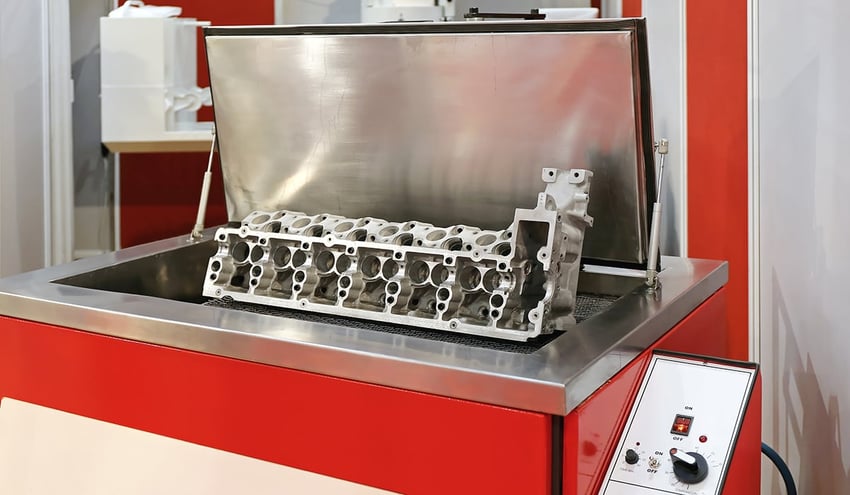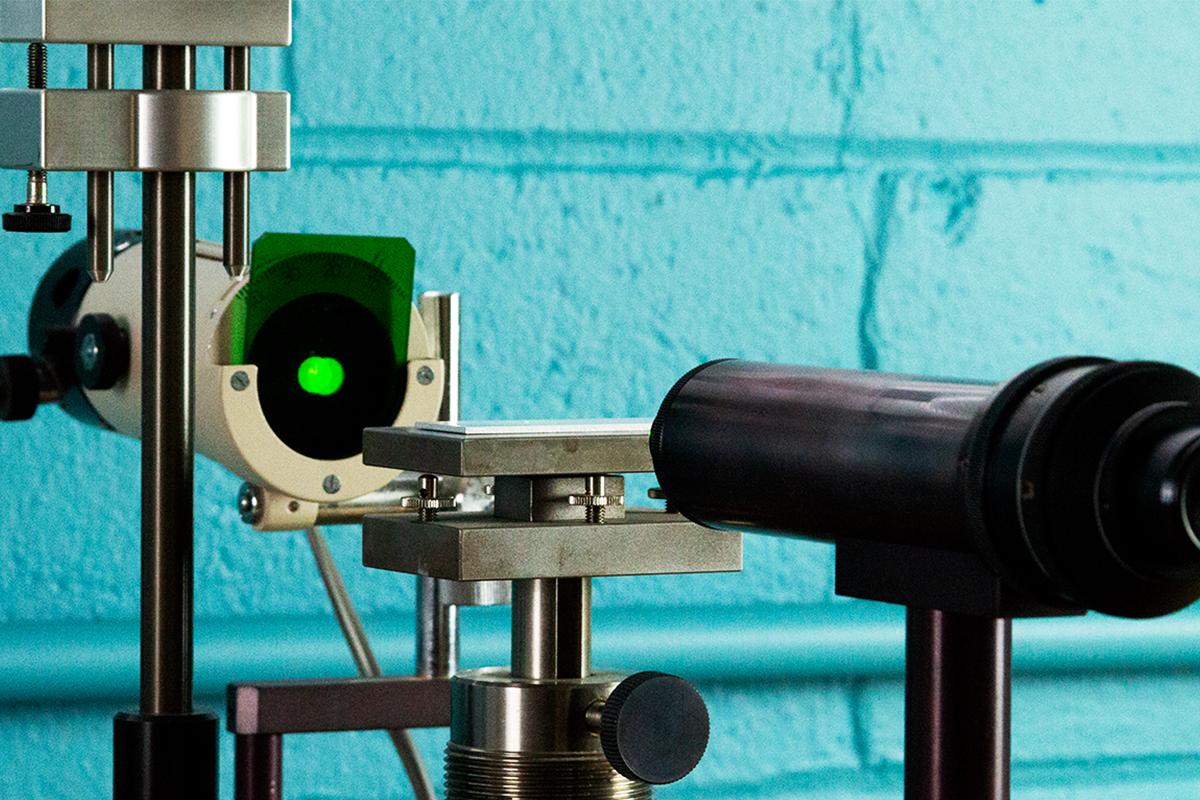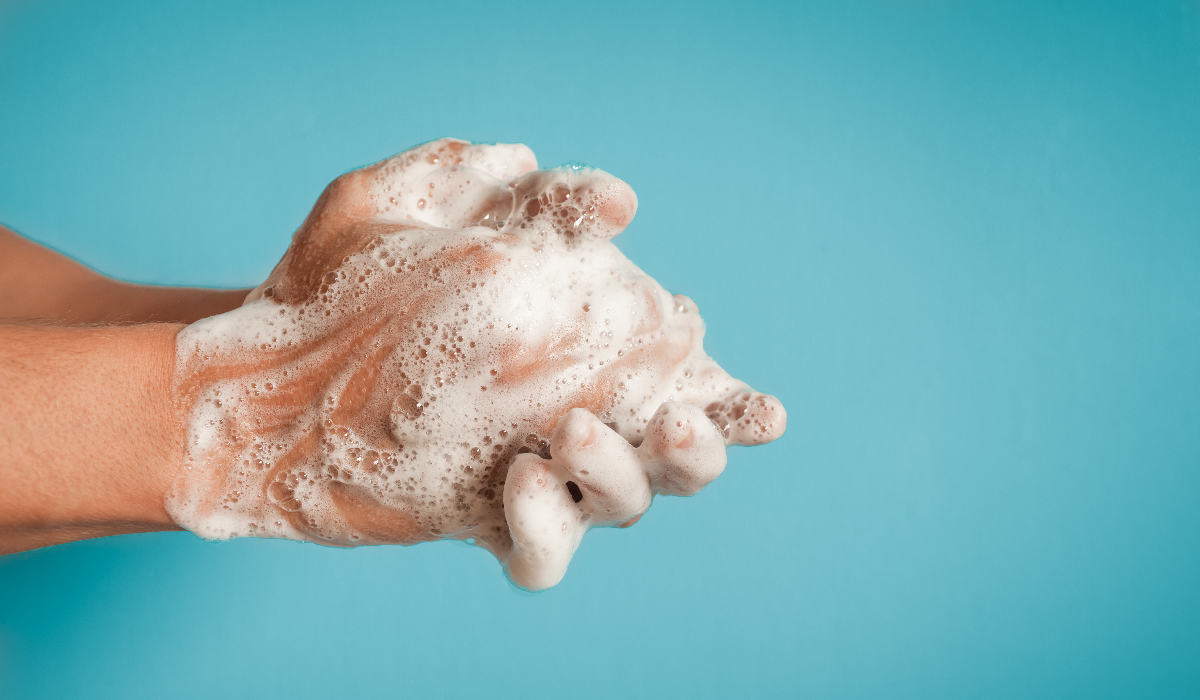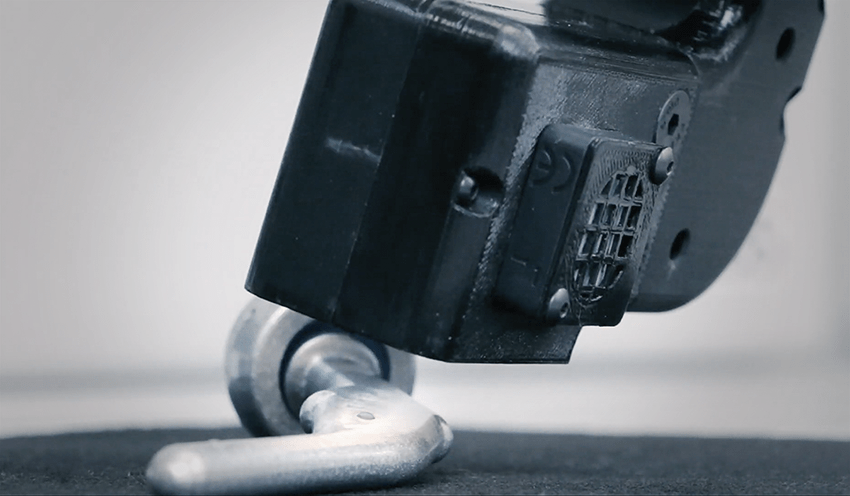In today’s video, we will show you how to quantify the surface quality of metals when using fresh and aged baths. We will demonstrate how Water Contact Angle (WCA) measurements can provide feedback in less than two seconds on the effectiveness of your cleaning process and will enable you to improve your control of your cleaning process.
Assess the Surface Cleanliness of Incoming Materials
The purposes of the tests featured in the video are to:
- Quantify the level of surface contamination on incoming materials (as received samples)
- Use a controlled cleaning process to determine the efficacy of chemical baths for removing chemical residue on surfaces
- Objectively quantify the chemical cleanliness of the top few molecular layers of a surface both before and immediately after the cleaning process is complete
- Compare the relative effectiveness of using a fresh chemical bath versus an aged chemical bath
Rethink your adhesion manufacturing processes with Surface Intelligence.
Easily Quantify Contamination Levels of Incoming Materials
As you will see in this video, we begin the process by taking baseline measurements on the ‘as received’ samples. This first incoming material measurement step is extremely important to understanding how contaminated the material is before it goes into your processing operation. Heavily contaminated parts going into a wash process will age the chemical bath much faster than if the parts came into the bath fairly clean. Without having an understanding of how contaminated a part is going into the wash process, companies can’t effectively control their wash process.
Throughout the test, the Surface Analyst 5001™ uses a specialty software called Wetting Analytics that immediately alerts the user to both the presence and the amount of water-soluble substances (like detergent residue) on material surfaces. This is vitally important for manufacturing processes that include cleaning and washing steps. Improper rinsing can leave surfactants, detergents, or other hydrophilic agents on the surface. The incomplete removal of these substances can be the cause of sealant and adhesive failure.
The baseline test results of this incoming material reveal that this is a highly contaminated surface. The measurements seen in the video, as well as in the “As Received” column in Figure 1 below, show that each sample is significantly above the predetermined upper limit of 1.7° and indicates that there is a significant amount of surfactant or detergent left on the surface.
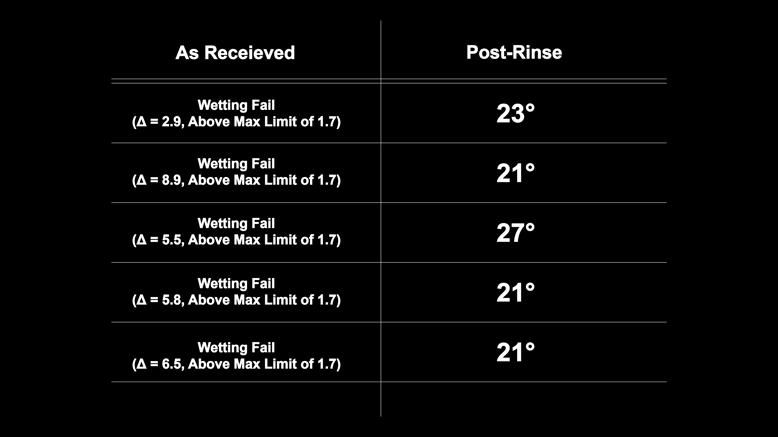
Figure 1: This chart shows the effectiveness of using a clean chemical bath to remove hydrophilic contaminants.
Validating that a Clean Chemical Bath Improves Surface Cleanliness
For this demonstration, we submerged the contaminated samples in a clean chemical bath heated to 150°F for five minutes. (The samples were covered with a hydrophilic contaminant, which is a processing aid used during the forming process.) After the samples are removed from the chemical bath, they are rinsed with water to remove remaining contaminants or wash solution and are air dried. The Surface Analyst 5001 is then used to measure surface quality after cleaning.
Figure 1 above captures the effectiveness of using a clean chemical bath to remove surface contaminants. The “As Received” column shows every sample has failed because Wetting Analytics indicated residue on the surface. In contrast, the “Post-Rinse” column shows what we consider low contact angles with a variation in contact angle of 5°. In addition to the contact angles provided, Wetting Analytics has not detected any chemical residue on the surface.
Confirming a Dirty Chemical Bath Contaminates Surfaces
In the second part of the video, you will see what happens to material surfaces when they are submerged in a chemical bath that contains surfactants, detergents, or other hydrophilic agents that could be the source of unknown contamination.
When we compare the “As Received” column to the “Post-Contaminated Bath” column, we will see that even though the samples were cleaned with the same processing conditions as the first simulation, two of the samples still failed the Wetting Analytics test, indicating that there are water-soluble residues still on the surface. Additionally, the three samples that do pass the test have higher contact angles and are less clean than the five samples that passed the test after being cleansed with a clean chemical bath. Parts are less clean, and surface quality is much more variable in this simulation.
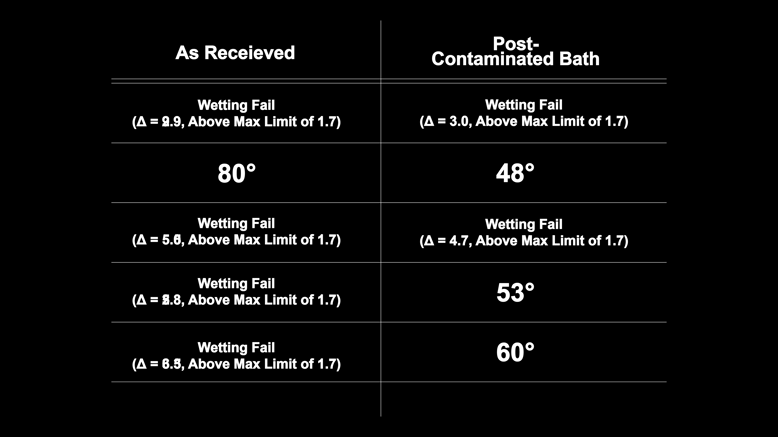
Figure 2: This chart shows that a dirty chemical bath is less effective at removing hydrophilic contaminants.
How Does the Surface Analyst 5001 Let You Know Which Surfaces Are the Cleanest?
WCAs are a powerful metric of surface quality. Although a static contact angle provides a specific measurement at a particular moment in time, the way a liquid drop interacts with the surface over the first fraction of the second, including how fast and how far it spreads and how quickly the spreading slows to a halt all depend on the amount and nature of any contaminants present on the surface.
Revolutionize Your Manufacturing with Surface Quality Inspection Technology.
The Surface Analyst 5001’s Wetting Analytics software can instantly alert you to both the presence and amount of water-soluble substances left on the material surface. Failure to remove these substances is a major cause of sealant and adhesive failure.
How Do You Know When it is Time to Refresh Your Chemical Bath?
The Surface Analyst 5001 provides an easy-to-use, objective, and quantifiable method to determine when a chemical bath should be changed. Establishing regular testing intervals to conduct measurements of surface cleanliness on your parts will help you determine when it is time to titrate your chemical bath.
Understanding the Effectiveness of Your Cleaning Process Facilitates Cost Containment
This immediate feedback on the cleanliness of your parts allows you to be confident that the materials that come out of your wash are chemically clean. You will also be able to optimize your wash process so that you can use the precise amount of chemicals necessary to keep your chemical baths clean. By avoiding the overuse of cleaning chemicals, you will be able to contain your costs.
Learn more about how the Surface Analyst technology can help improve your cleaning processes by downloading our eBook Predictable Adhesion in Manufacturing Through Process Verification.

